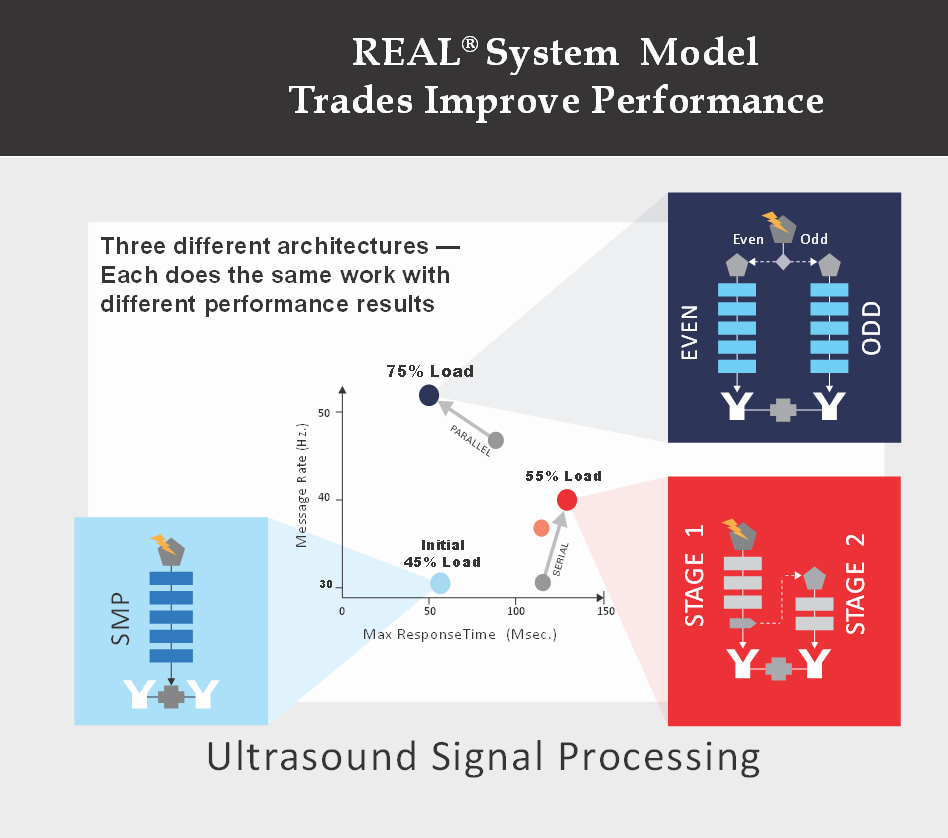Automatic integration and model-based systems engineering with simpleXecutive and SIMPLEX.
p
simpleXecutive Methodology is an advanced system development approach that encourages modeling system performance by using our patented simulation tools. Our approach focuses on selecting the right system design and validating it against the requirements, PRIOR to investing in development effort. You can confidently develop and test your system-level hardware and software designs before you invest in writing one line of code or product implementation.
p
Our tools specifically target system-level design trades and focus on the performance of communication flow, power consumption, and time management as the measure of overall system effectiveness and can be applied at all phases of development.
p
SIMPLEX modeling tools characterize the system components and synthesize system performance, without actually building the components. Additionally, you can create accurate, reliable schedules and cost estimates directly from your models.
p
The simpleXecutive Methodology was developed by systems engineers, for systems engineers. Combined, our simulation tools and approach provide a very powerful and competitive engineering tool to support your development teams.




